A good insulator can lower your heating costs and make the most of your HVAC system. If you’re starting a building project, then you might be wondering about the best way to insulate. We've done the research to provide you with all the information you need about this type of insulation.
Blankets intended for use in bed are not great home insulators. This is because they lack moisture protection. However, blanket insulation is a great option for DIY insulation projects. Blanket insulation helps maintain your ideal room temperature and is easy to install. But for this type of insulation to be effective, it must match the environment, location, and area of the building that requires insulation.
Installing a new insulation system can be challenging, but having all the information you need about your preferred insulation type will make the process much easier. Below, we’ll talk about how blanket insulation works and help you prepare for your next project.
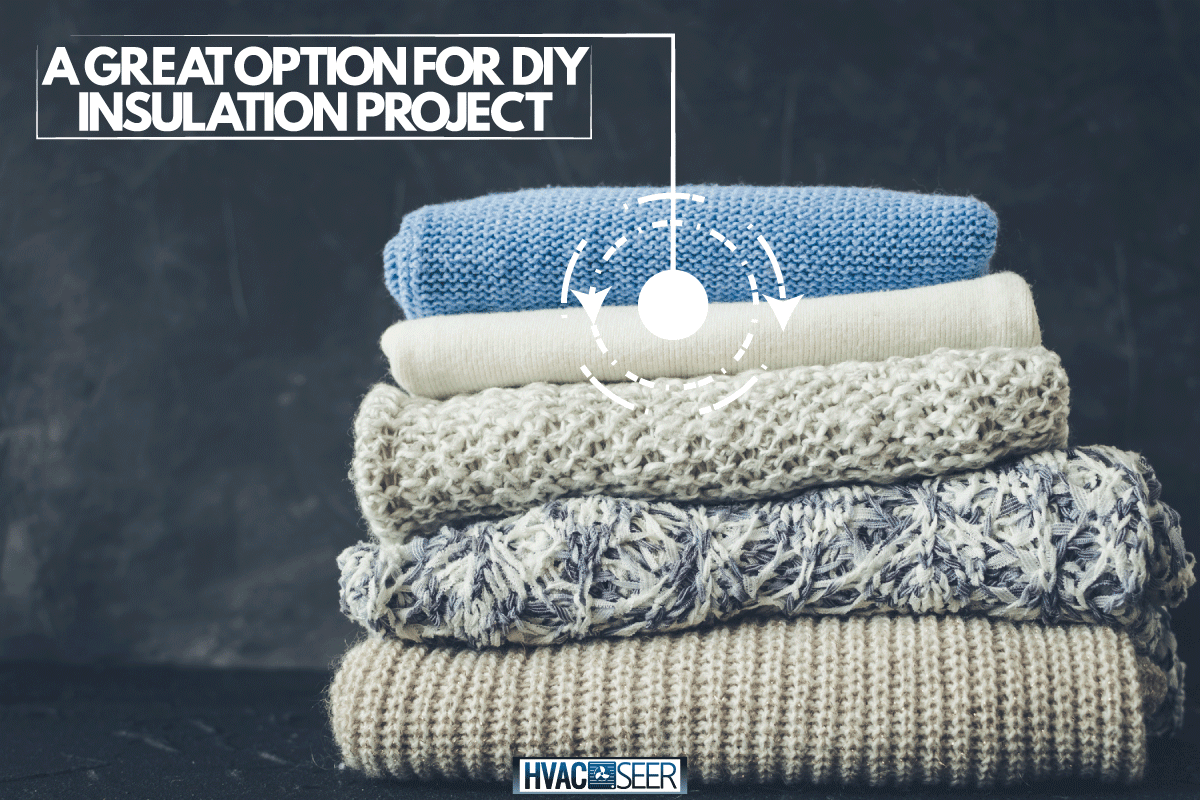
Blankets and Blanket Insulation
Before we get too into the weeds, let's clear up some potential confusion. In this post, we'll a little bit about blankets, but much more about blanket insulation.
The blankets you sleep under are, in many ways, good insulators. In fact, that's their primary function, especially in the winter months. However, they just insulate the space around you. They should not be used for building insulation because they absorb too much moisture and can become moldy. However, you can use blankets as short-term insulation for things such as gaps around a door.
Blanket insulation, on the other hand, is the type of insulation that comes in rolls and is often made of fiberglass, mineral wool, or other fibers. This is the most widely used variety of insulation and is the easiest to use for most DIY projects.
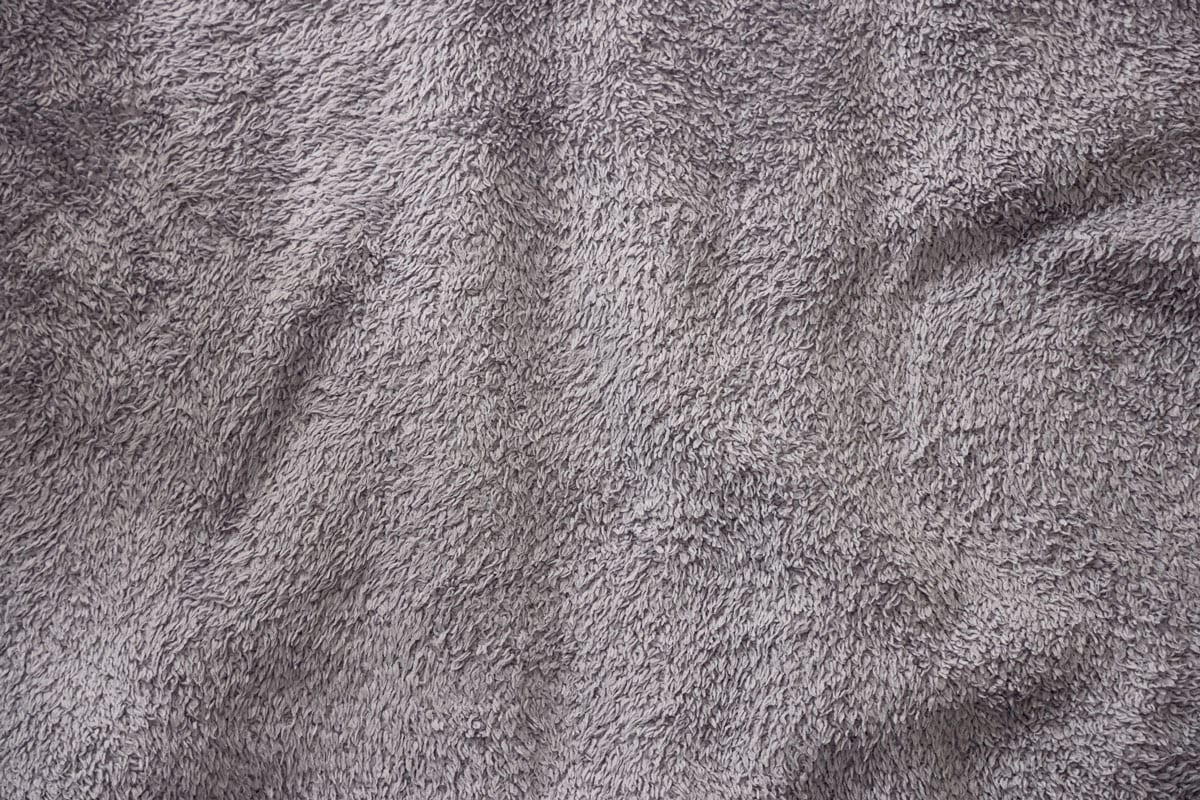
Do More Blankets Keep You Warmer?
A blanket makes you feel warm by trapping your body heat. And the lower the room temperature, the more blankets you may need to keep yourself warm.
Two blankets or more keep you warmer because they are better at trapping warm air. An extra blanket provides an additional layer of warmth.
You may also find that two thin blankets are more effective than one thick blanket.
The same principle applies to blanket insulation. An insulation blanket is composed of three layers, which include an outer cover, a middle layer for insulation, and an inner cover. Each layer is mechanically isolated from one another, reducing the transfer of heat from one surface to another.
By installing a blanket insulation system, you can trap warm air inside the room. This makes you feel more comfortable during winter or cold weather.
Which fabric is the best insulator?
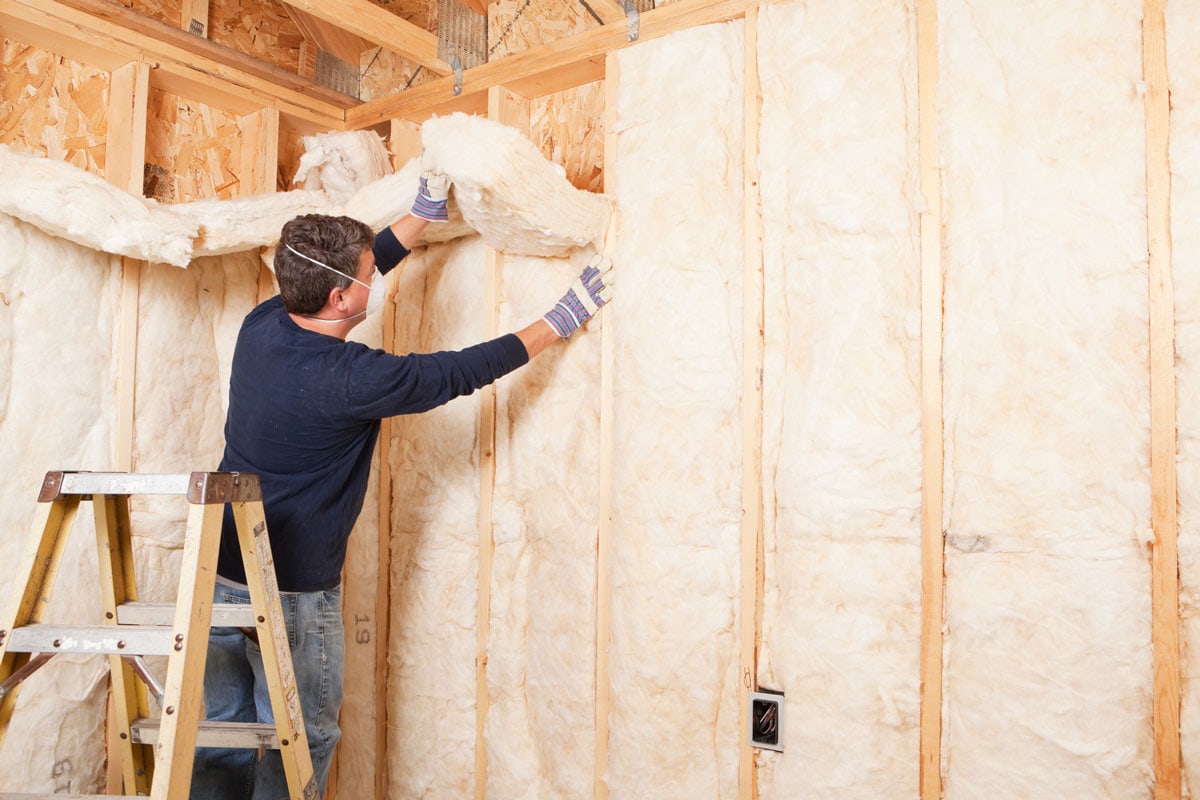
Fabrics are naturally excellent insulators, and wool fabrics stand out as one of the best. Wool fabrics are made with a tight weave and “pockets” that trap air. These features make wool an excellent insulator.
Silicone, fiberglass, and mesh may be used to create a standard insulation blanket. The outer layer may be made of vinyl, foil, or thin asphalt coating. Depending on your area and climate, alternative materials may be used.
When choosing an insulation blanket, keep in mind the following factors:
- Area and location of your project
- Thickness and resistance of the material
- Compatibility with your heating system
Can you use wool blankets as insulation?
Yes, you can use wool blankets as insulation. Wool fabrics are commonly used to make sweaters and blankets, but they can also be used to create blanket insulation systems.
Because wool has curving fibers, this material is excellent at trapping heat.
Most insulation blankets have flexible fibers that are made of fiberglass. However, fiberglass is not the only material that can be used to create blanket insulation. You can also find insulation blankets made with wool.
How much is blanket insulation?
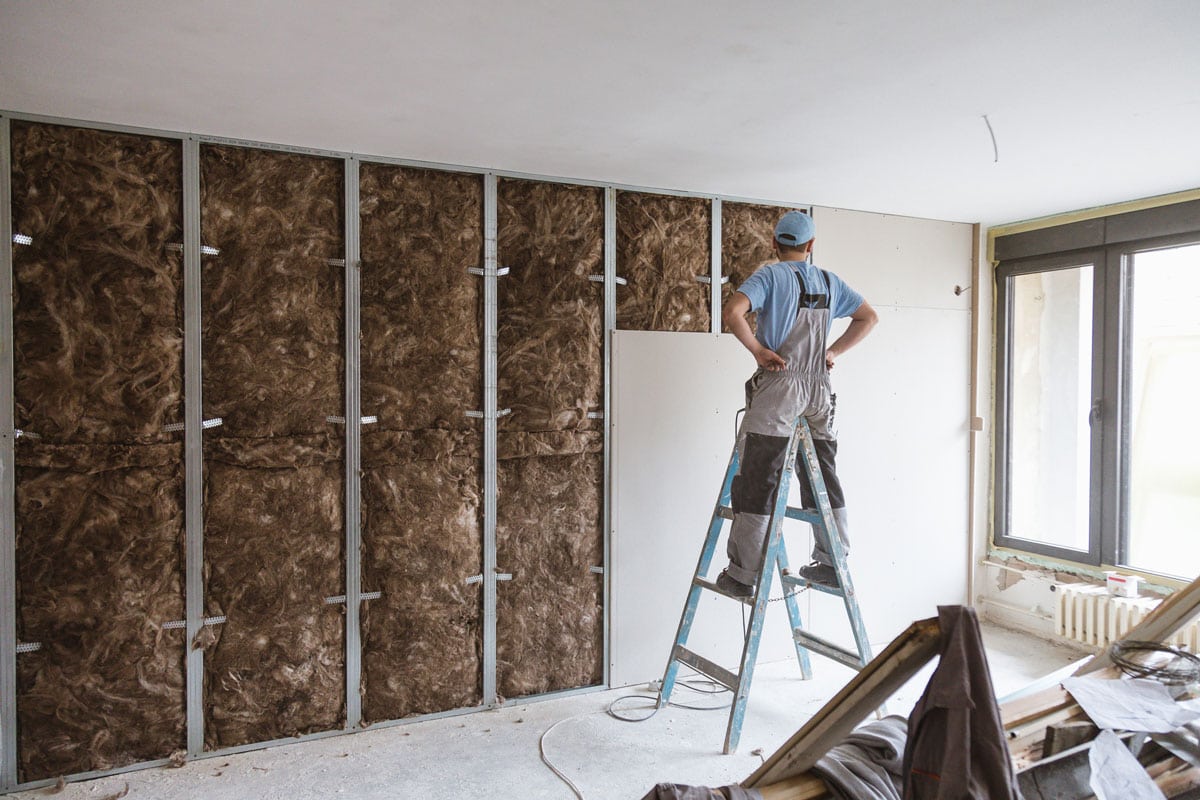
Blanket insulation is one of the most cost-efficient types of insulation. On average, the cost of a blanket roll ranges from $0.65 and $2.00 per square foot.
The actual cost of your building project will depend on factors such as the resistance (R-value) of your insulation, your location, and the size and complexity of your installation area.
Are you insulating a new home?
New homes typically cost less to insulate compared to an existing home. If your walls and ceilings are still “open” and unfinished, it’s much easier to add insulation.
However, if you are replacing a damaged or ineffective insulation system, you may need to hire a professional, or require safety equipment, to prevent exposure to toxic chemicals.
Old, damaged insulation systems can be dangerous to remove. In this case, you’ll need to consider the costs involved in removing the previous insulation system.
What resistance value do you require?
The resistance value (R-value) of your insulation refers to how much time it takes for heat to pass from one side of your blanket to the other.
Higher R-values mean it takes more time for heat to pass or become lost to the environment. The higher the resistance value, the more expensive the insulation tends to be.
If you live in an area with a colder climate, you may need blanket insulation with higher R-values. R-values can range from R-3 to R-60, and typical blanket insulation R-values can range from R-2.9 to R-4.3.
Additionally, you’ll need to consider how much space or depth of insulation is available. R-values affect the thickness of your insulation blanket. Higher R-values require the material to be much thicker.
What location are you insulating?
Ideally, your building should be completely insulated, from the roof to the basement. However, to reduce the overall cost, you may choose to have only one location insulated in the meantime.
Blanket insulation works best in areas without pipes or wiring.
Here’s what you can expect to spend per location type:
- Basement - Basements don’t require as much insulation because they tend to stay warm in cold weather. You can expect costs to be minimal, with prices as low as $1.50 per square foot.
- Attic - Your attic can require twice as much protection from cold and heat. It’s not uncommon for homeowners to spend up to $6,000 on attic insulation.
- Roof - You can expect to spend anywhere from $1,500 and $4,500 to insulate your roof. Many homeowners choose to insulate the roof when they are located in an area with a cold climate. This increases the need to retain more heat.
- Wall - Wall insulation typically costs $1 to $4 per square foot. Insulating your walls is one of the most cost-effective ways to keep your home comfortable no matter the weather.
Summary
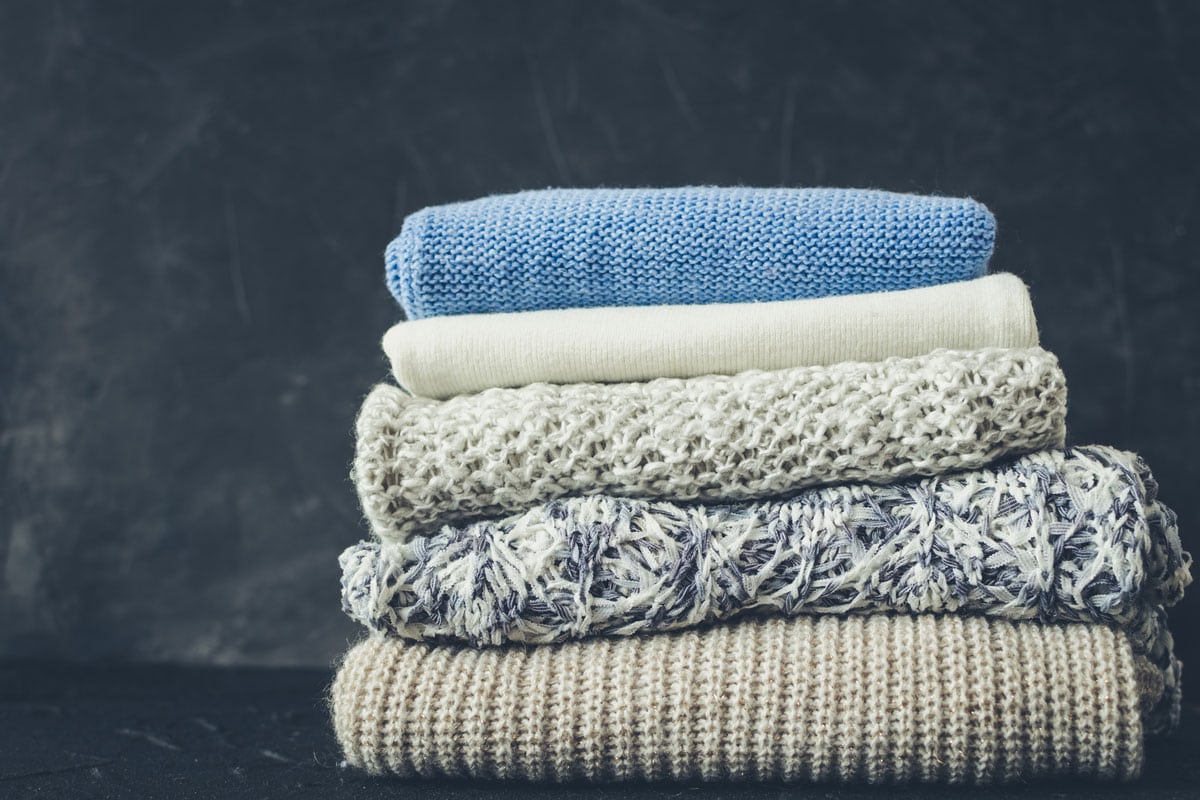
Blanket insulation offers an affordable yet effective way to maintain your ideal room temperature. Nevertheless, you must make sure that your insulation is installed properly and is free of any holes or gaps. The insulation blanket you choose must also be compatible with your HVAC system.
By working with the right team of professionals, you can make the most of your insulation system and enjoy benefits such as better comfort, health, and reduced heating costs.
If you found this post helpful, be sure to check out these informative articles:
